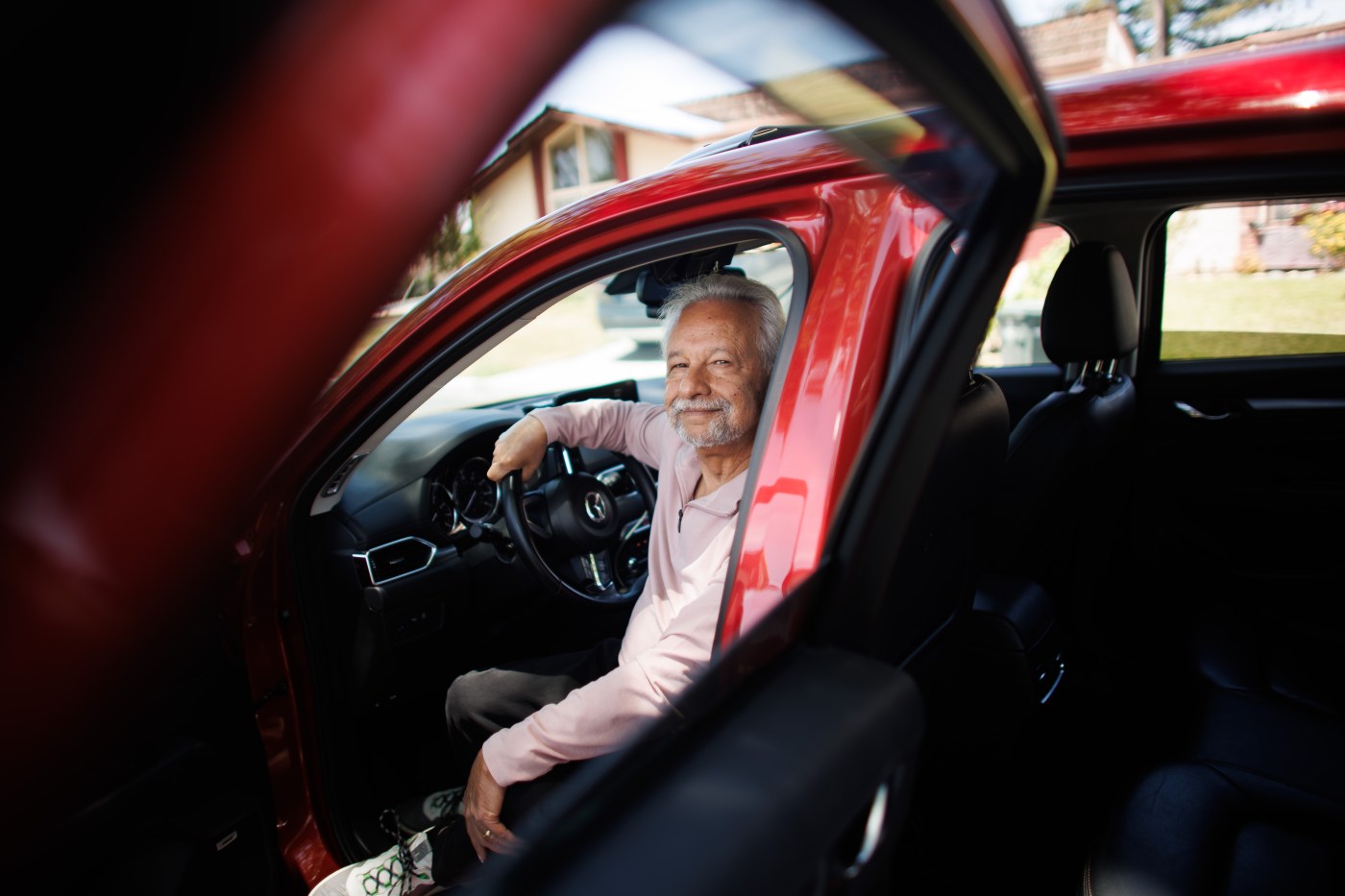When Barry Bruins pays for takeout with a self-service kiosk machine, he’s often greeted with a familiar question — how much would you like to tip? 18%, 20%, or more?
Most of the time, he ignores it.
Like a growing number of folks, Bruins thinks food-related tips should be reserved for waiters who provide good table service for customers — and even then he normally tips 15%. Sometimes more, if the service was “above and beyond.”
But otherwise? “I often don’t tip at all,” said Bruin, who lives in Los Altos.
Cupertino resident Mike Malik has a different philosophy. He’ll tip 10% when paying from a kiosk, and always at least 20% when dining in at a restaurant, noting the high cost of living in the Bay Area and the tough times facing businesses since the pandemic. If tips of any amount can help out employees, he’ll do it.
“I’m happy to make that difference,” Malik said.
Their contrasting approaches show just how some Bay Area locals are navigating changing tipping expectations. A 15% to 20% tip used to be the norm, and often depended on the quality of service from a driver, waiter, bartender, or any other service job worker. But then came the COVID-19 pandemic, which spurred establishments to install contactless payments with high default tip options, and promote tipping percentages in the teens — regardless of the type of service — to help them thrive in an unpredictable economy.
At first, the practice — dubbed “tipflation” — drew sympathy, especially from Americans in 2020 at the height of the pandemic, but now it seems to be generating criticism. According to a 2023 Pew Research Center poll, 40% of Americans oppose suggested tip amounts from businesses, while 24% favor them and 32% are neutral. Around seven in 10 adults say tipping is expected in more places today than it was five years ago.
“It’s taking away the meaning of tipping for a lot of people,” said Redwood City resident Christine Tran. “They are less willing to tip because of how demanding it is to tip at a lot of places these days.”
Tips are traditionally given to workers who earn a tipped minimum wage — which is $2.13 an hour at the federal level — and need the extra cash to supplement their income. California’s minimum wage for tipped workers is $16.00 per hour.
But despite having one of the highest minimum wages in the nation, Californians on average tip 17.6%, compared with a national average of 19.8%, according to a 2023 study by Toast, a transaction platform used by about 79,000 restaurants across the nation.
Much of the growing demand for tips in Bay Area establishments is attributed to the region’s high costs of living and slower post-pandemic economy recovery.
Compared to other populous cities across the nation, the San Francisco Bay Area has struggled to get its job and labor force, real estate activity, population, economic activity and affordability back to pre-pandemic levels, according to a 2023 study from the Bay Area Council Economic Institute — a San Francisco-based think tank that focuses on local economic and policy issues.
Many local companies that switched to remote work during the pandemic are still trying to bring workers back in-person to downtown offices. This creates a slow recovery for food, service and hospitality industries, according to Patrick Kallerman, vice president of research for the institute.
Silicon Valley is also becoming a hub for AI innovations, attracting more tech companies into the area, Kallerman said. More regional workers means more competition for resources like housing and retail spaces. A $16.00 minimum wage is not going to be enough.
Related Articles
Granderson: So what if Gen Z applicants bring their parents to a job interview?
Trump is proposing to make tips tax-free. What would that mean for workers?
Job boom returns to Bay Area and California as hiring surges in May
Vast redevelopment of San Jose golf course gains community support
Free Port of Oakland harbor tours give passengers an inside look at the seaport
“We’ll see another very big wave of economic activity in the region as these companies start to hire more folks,” Kallerman said. “Which, in turn, will drive up home prices, office spaces and just in general the cost of living.”
In the East Bay, the Oakland minimum wage went up this year, from $15.97 an hour to $16.50. In July, Alameda’s will rise to $17.00, a 2.9% increase from its current hourly wage. Emeryville has the highest minimum wage in the Bay Area at $18.67 per hour, which will increase to $19.36 on July 1.
Bruins said he would rather see cities and their businesses establish competitive wages than to encourage tipping.
“If they need tips to support workers,” he said, “they should pay workers a living wage.”
For Tran, who works as a bartender at San Jose Bar and Grill in downtown San Jose, tips are more than just a percentage. It’s her reward for enduring long night shifts of nonstop pouring and serving drinks to customers. At the end of the shift, her co-workers pool their tips together and divide them evenly. These days, Tran takes home about $180 worth of tips a shift.
“I’m just really tired after work, and my tips are what I look forward to at the end of the night,” she said.
Although the San Jose State student works in the service industry, she doesn’t think tipping all the time is necessary. Tran will always tip an employee who provided her with a service, like doing her nails or hair. But if it’s a self-service situation, like when she’s getting her own frozen yogurt at a dessert place, she’s less likely to do so.
“I’m going to put a zero tip for that,” she said, “because I did that myself.”
Agnes Lam, owner of The Etiquette School of Silicon Valley in San Jose, says tipping at a high percentage oftentimes feels like a “must” for customers. But Lam said it is acceptable to base tips on how much — or how little — people appreciate the service they receive.
“If you really feel you did not get a good service and don’t feel like paying a tip, there is nothing wrong with that,” she said.
Some, like Malik, think tips should be given all the time to help support workers. As a college student decades ago, Malik waited tables at high-end restaurants. The extra cash “really made a difference in my standard of living as a poor student,” he said.
Malik, who also works as an Uber driver, doesn’t expect others to share his sentiment though. With the increase in ride fares over the years, only one out of every five customers will tip him.
“It’s not cheap right now,” he said. “Because of that, I don’t have an expectation of getting tips.”












